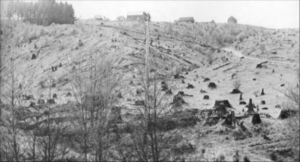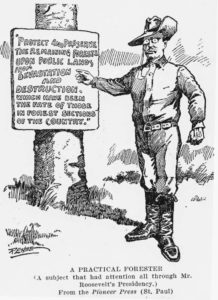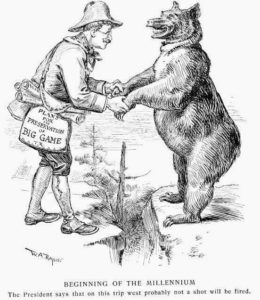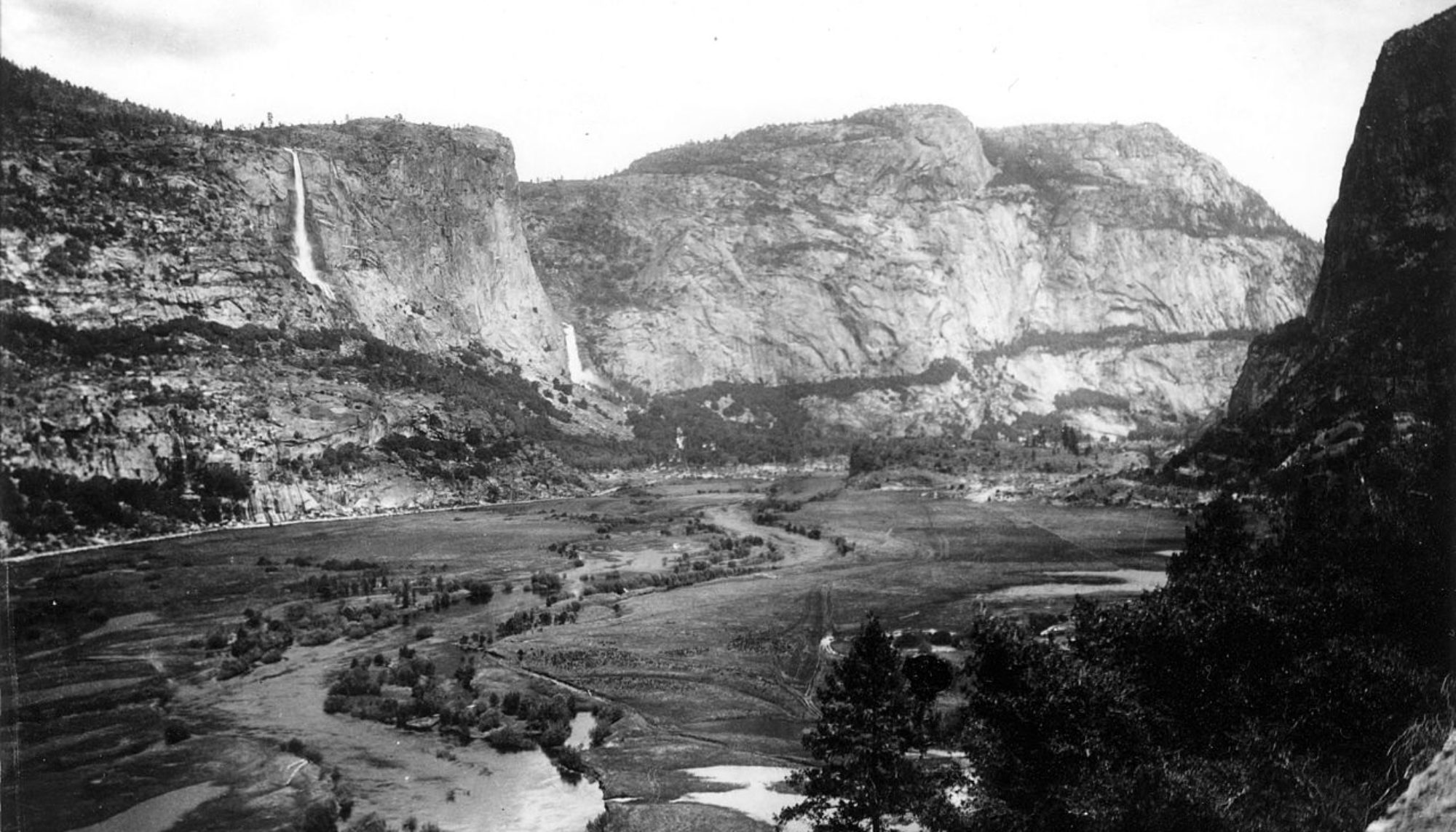

(CLICK HERE TO READ ABOUT LOGGING).

Members of the Conservation and Preservation Movements tried to stop the plunder of the West. These groups lobbied and sponsored laws, some of which failed. All which had the goal of trying to halt dangerous and damaging resource harvesting. TCA, the TSCA, the Forest Reserve Act of 1891, the Organic Act of 1897, and the Antiquities Act of 1906 were these laws. TCA is the only exception to these laws. it did not succeed, like some of the others, but it was not intended to preserve land or to conserve resources. It was a coincidence that the law had farmers trying to conserve timber, by growing it for later use. The TSCA, the FRA, the OA, and the AA, were intentionally designed to save the wilderness from destruction
(CLICK HERE TO READ ABOUT THE LAWS).

Some of the mentioned laws were failures at conservation or preservationist goals. While some were too unrealistic if what they did. Companies found ways around these laws. The laws themselves were reliant on the good intentions of people or had weak regulations. It took the presidency of Theodore Roosevelt to end the plunder of the West. Roosevelt, during his presidency, made sweeping changes to conserve the resources of the West. The millions of acres he reserved, using the Forest Reserve Act, established the backbone of the National Park System. This action set the tone for future presidents in matters of aggressive conservation. The Antiquities Act is why the National Park System even exists. The AA gave future presidents the authority to reserve land for public use, protecting the wonders of nature. Not only were Roosevelt’s actions and policies as president important to the Movement. But his ability to rally people under him makes him relevant to the topic of conservation.
